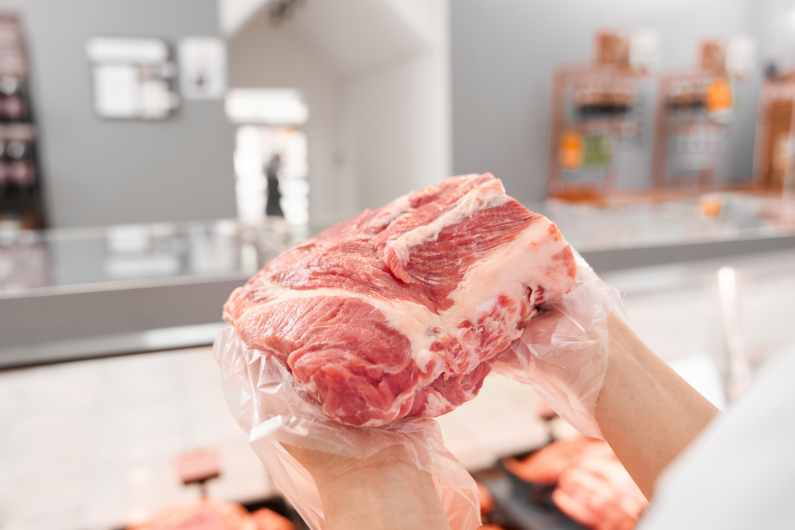774

Digital Traceability – a Strategic Pillar for the Meat Industry
Digital traceability is becoming a central instrument in the meat industry, ensuring compliance with European standards and strengthening consumer trust. Regulation (EC) No. 178/2002 establishes the principle of traceability from farm to consumer, and modern technologies enable its implementation with much greater efficiency. Systems based on QR codes, RFID tags, and blockchain platforms make it possible to monitor production, storage, and distribution flows in real time.
According to a 2024 European Commission study, the integration of digital traceability in processing units reduced by 25% the time required to withdraw non-compliant products and decreased by 18% the economic losses associated with food safety incidents. In Romania, ANSVSA has started implementing pilot projects of digital traceability in slaughterhouses and processing units, supported by European funds. These initiatives include connecting national databases to European platforms, facilitating information exchange and cross-border inspections.
The benefits are not only legal but also commercial: consumers can directly access information about product origin, while retailers can strengthen their reputation through transparency. In a global context marked by growing demands for sustainability and food safety, digital traceability is no longer an option but an essential condition for competitiveness.
(Photo: Freepik)




